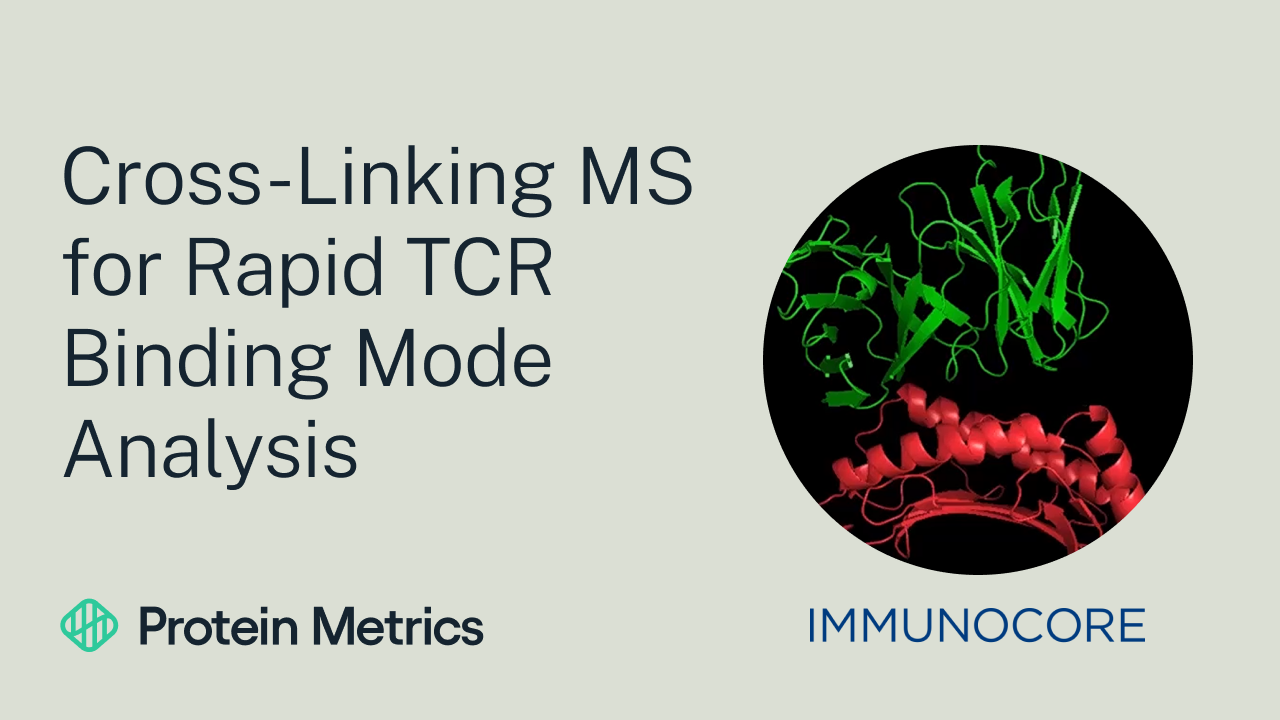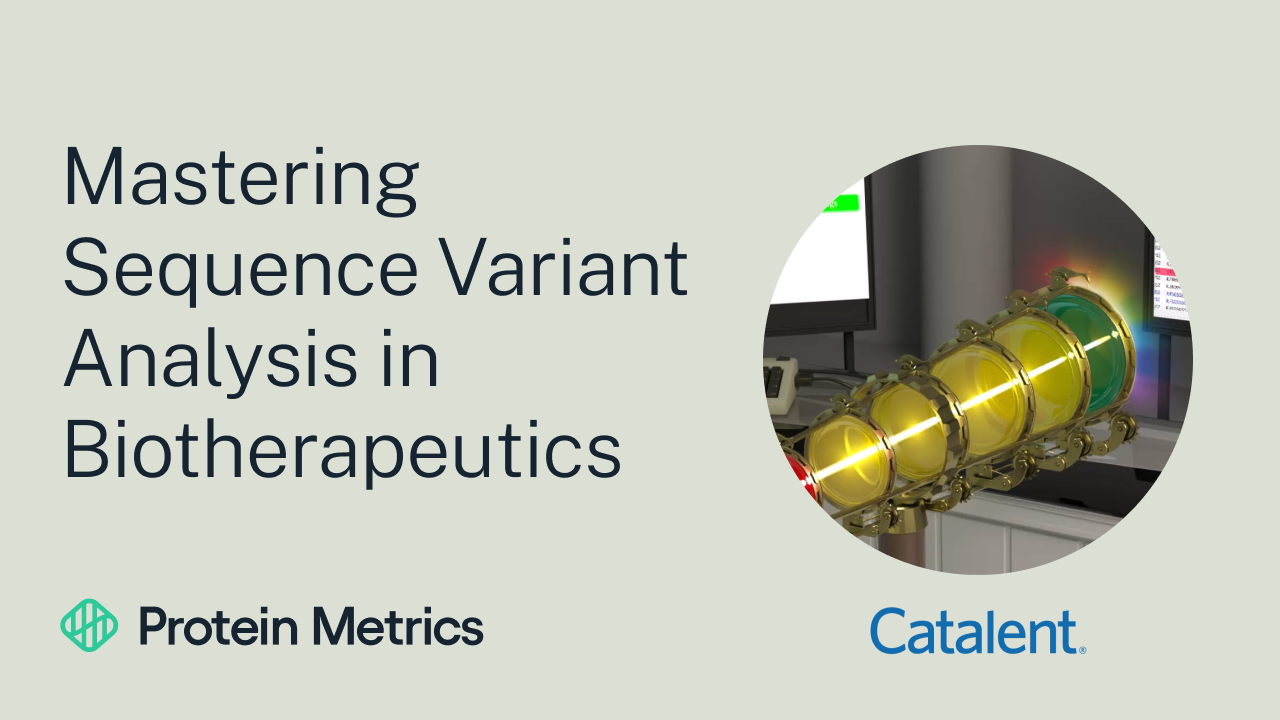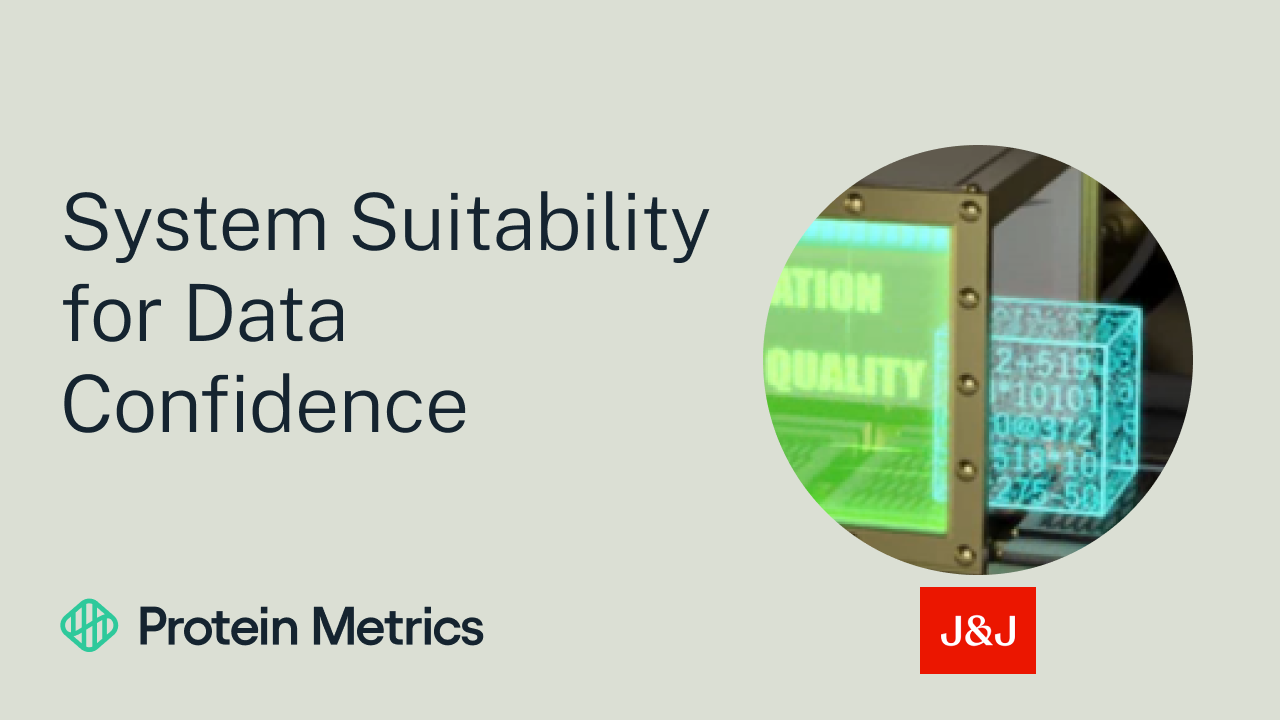Webinars and Events
Discover the latest upcoming webinars, events, conferences and on-demand recordings
On-Demand Webinars
Watch on-demand recordings of previous webinars

WEBINARAdapting LCMS workflows from Low to High-throughput
From Low to Flow: A Mass Spec-tacular Leap in Throughput

WEBINARCross-Linking MS for Rapid TCR Binding Mode Analysis
Speed TCR structural mapping using cross-linking MS and Byosphere to streamline analysis and boost drug design decisions.

WEBINARMastering Sequence Variant Analysis in Biotherapeutics
Learn how to cut false positives and speed up sequence variant analysis with proven, artifact-targeting strategies.

WEBINARThe Glycan Code of Immunity and Cancer
Paucimannose isn’t just metabolic noise. Learn how glycan profiling in immune cells and cancer tissue reveals hidden layers of disease biology.

WEBINARSmarter Digestion, Deeper Insight: Improving LC-MS of Therapeutic mRNA
A new LC-MS workflow boosts sequence coverage and cap structure confirmation for therapeutic mRNAs using optimized digestion and data analysis.

WEBINARSystem Suitability for Data Confidence
A practical guide to ensuring your data is worth trusting - an essential but often overlooked topic in analytical science.
Past Events
Access resources and recording of previous meetings and conferences

EVENTCASSS 2025
Download our scientific poster presented at CASSS 2025

EVENTPEGS Europe 2024
Download posters presented at PEGS Europe 2024 about multi-protein quantitation, oligos and protein characterization.

EVENTCASSS MASS SPEC 2024
Read posters about our new Multi-Protein Quantitation workflow and other cutting-edge mass spec advancements and biopharmaceutical innovations.
